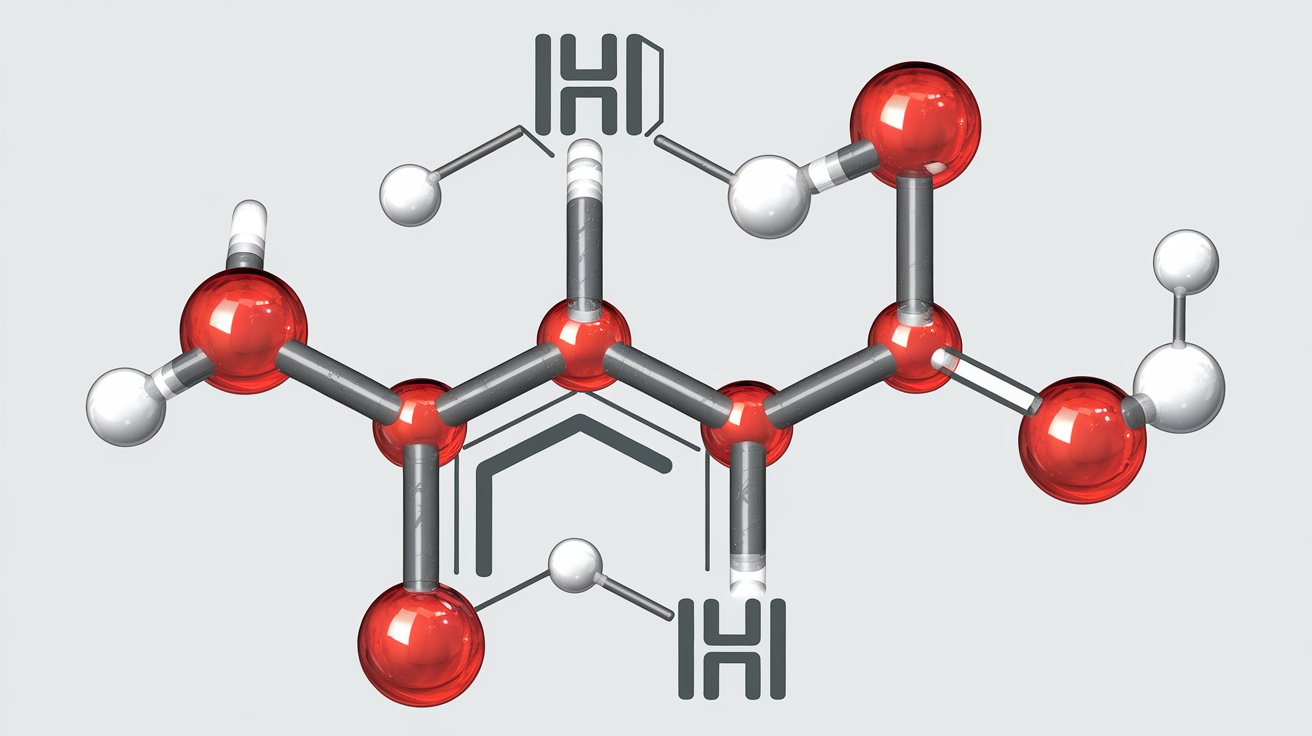
Changbaiite is a rare mineral that sparks curiosity among geology enthusiasts. Found primarily in the Changbai Mountains of China, this mineral is known for its unique properties and fascinating history. But what makes Changbaiite so special? For starters, it contains a mix of elements that are not commonly found together, making it a subject of intense study. Its crystal structure and formation process offer insights into geological phenomena. Additionally, Changbaiite's applications in various industries, from electronics to jewelry, add to its allure. Ready to dive into the world of Changbaiite? Here are 30 intriguing facts that will expand your knowledge about this captivating mineral.
Key Takeaways:
- Changbaiite is a rare mineral found in volcanic regions, named after Changbai Mountain in China. It has unique properties and uses in electronics, materials science, and even jewelry due to its rarity.
- With a chemical formula of BaTiO3, Changbaiite has a tetragonal crystal system and is transparent to translucent. It is prized by collectors for its large, well-formed crystals and its ability to fluoresce under UV light.
What is Changbaiite?
Changbaiite is a rare mineral that has fascinated geologists and mineral enthusiasts alike. Found primarily in volcanic regions, this mineral has unique properties and a rich history. Let's dive into some intriguing facts about Changbaiite.
-
Changbaiite is named after Changbai Mountain in China, where it was first discovered. This mountain is an active volcano, adding to the mineral's mystique.
-
It belongs to the perovskite group of minerals. These minerals are known for their unique crystal structures and are often studied for their interesting physical properties.
-
Changbaiite has a chemical formula of BaTiO3. This means it contains barium, titanium, and oxygen.
-
It is typically found in volcanic rocks. These rocks form from the cooling and solidification of magma or lava.
-
The mineral has a tetragonal crystal system. This means its crystals are shaped like elongated cubes.
-
Changbaiite is usually white or colorless. However, impurities can sometimes give it a yellowish or brownish tint.
Physical Properties of Changbaiite
Understanding the physical properties of Changbaiite can help in identifying and studying this mineral. Here are some key characteristics.
-
It has a Mohs hardness of 5. This makes it relatively soft compared to other minerals.
-
Changbaiite has a specific gravity of 6.02. This is quite high, indicating it is a dense mineral.
-
The mineral exhibits a vitreous luster. This means it has a glass-like appearance when light reflects off its surface.
-
It has a white streak. When rubbed against a streak plate, Changbaiite leaves a white powdery line.
-
Changbaiite is transparent to translucent. Light can pass through it, but it may not be completely clear.
-
It has perfect cleavage in one direction. This means it can easily split along one plane.
Geological Occurrence
Changbaiite's geological occurrence is as fascinating as its physical properties. Let's explore where and how this mineral is found.
-
It is primarily found in volcanic regions. These areas provide the high temperatures and pressures needed for its formation.
-
Changbaiite is often associated with other minerals. These include magnetite, ilmenite, and rutile.
-
It can be found in both extrusive and intrusive igneous rocks. Extrusive rocks form on the Earth's surface, while intrusive rocks form below the surface.
-
The mineral is also found in metamorphic rocks. These rocks have been altered by heat, pressure, or chemical processes.
-
Changbaiite is rare outside of China. Most known deposits are located in the Changbai Mountain region.
-
It forms in alkaline volcanic environments. These environments have high pH levels, which facilitate the formation of certain minerals.
Uses and Applications
Although not widely known, Changbaiite has some interesting uses and applications. Let's take a look at how this mineral is utilized.
-
It is studied for its dielectric properties. These properties make it useful in electronic components like capacitors.
-
Changbaiite is used in research on ferroelectric materials. These materials have unique electrical properties that are valuable in various technologies.
-
The mineral is also of interest in the field of materials science. Researchers study its structure and properties to develop new materials.
-
It has potential applications in the field of optics. Changbaiite's transparency and refractive index make it useful in optical devices.
-
The mineral is sometimes used in jewelry. Its unique appearance and rarity make it a collector's item.
-
Changbaiite is also a subject of geological research. Studying its formation and occurrence helps scientists understand volcanic processes.
Interesting Tidbits
Beyond its scientific and practical uses, Changbaiite has some fun and lesser-known facts. Here are a few to pique your interest.
-
It was first described in 1983. This makes it a relatively recent addition to the list of known minerals.
-
Changbaiite crystals can grow quite large. Some specimens have been found that are several centimeters in size.
-
The mineral is often found in well-formed crystals. These crystals are highly prized by collectors.
-
It fluoresces under UV light. This means it can glow when exposed to ultraviolet light.
-
Changbaiite is sometimes mistaken for other minerals. Its appearance can be similar to that of other white or colorless minerals.
-
It is a favorite among mineral collectors. Its rarity and unique properties make it a sought-after specimen.
Final Thoughts on Changbaiite
Changbaiite, a rare and fascinating mineral, holds a unique place in the world of geology. Found primarily in the Changbai Mountains, this mineral's distinctive properties and formation process make it a subject of great interest. Its rarity and unique composition contribute to its value among collectors and researchers alike.
Understanding changbaiite's formation, characteristics, and uses provides insight into the Earth's geological processes. This mineral's presence in volcanic regions highlights the dynamic nature of our planet's crust.
For those interested in geology or mineralogy, changbaiite offers a glimpse into the complexities of mineral formation and the beauty of natural processes. Whether you're a seasoned collector or a curious learner, exploring changbaiite can deepen your appreciation for the Earth's hidden treasures.
So, next time you come across a piece of changbaiite, remember the fascinating journey it has undergone to reach your hands.
Frequently Asked Questions
Was this page helpful?
Our commitment to delivering trustworthy and engaging content is at the heart of what we do. Each fact on our site is contributed by real users like you, bringing a wealth of diverse insights and information. To ensure the highest standards of accuracy and reliability, our dedicated editors meticulously review each submission. This process guarantees that the facts we share are not only fascinating but also credible. Trust in our commitment to quality and authenticity as you explore and learn with us.


